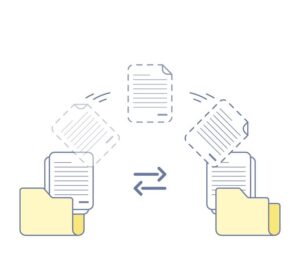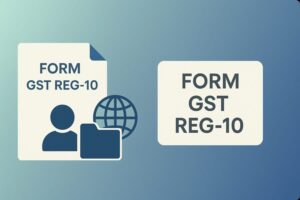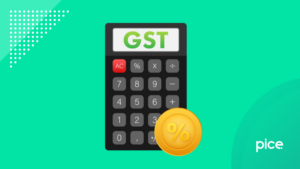Applicability of GST on Completed Flats
- 18 Dec 24
- 10 mins
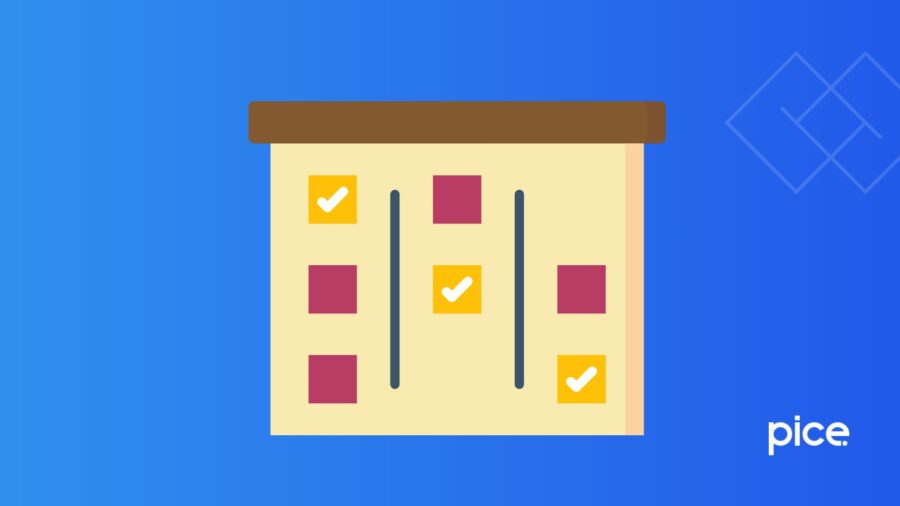
Applicability of GST on Completed Flats
- What Is the GST on Property in India?
- GST on Flat Purchase in 2024
- GST on Maintenance Fees for Housing Societies
- Affordable Housing GST Rate in 2024
- Example Calculation of GST on Flat Purchase in India
- Input Tax Credit (ITC) on Property Purchase in India
- GST on Under-Construction Flats
- Benefits of GST for Residential Real Estate
- Conclusion
Key Takeaways
- No GST on ready-to-move flats with a valid completion certificate.
- 1% GST applies to under-construction affordable housing projects below ₹45 lakh.
- 5% GST levied on non-affordable under-construction flats above ₹50 lakh.
- GST simplifies taxes by replacing VAT, excise duty, and service tax in real estate.
- Lower construction costs due to uniform GST rates on materials like cement and steel.
The real estate sector in India has undergone vast changes since GST was introduced in 2017. After the new norms came into force, the taxation avenues were simplified, and the increased transparency boosted property deals throughout the country.
This guide will walk you through the applicability of GST on completed flats. In addition, you will find several advantages to introducing GST within India's residential real estate segment.
What Is the GST on Property in India?
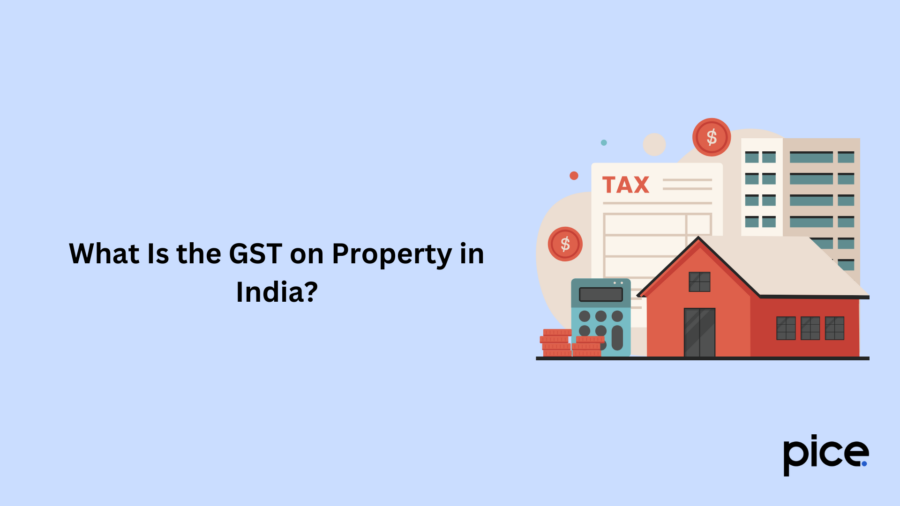
Developers, while considering GST on property, primarily take note of GST on under-construction properties. Under this, a standard 5% GST rate applies to residential properties, while affordable housing projects attract a 1% GST. In both cases, the developer cannot claim any Input Tax Credit (ITC).
In India, the government usually levies a standard 12% tax rate on commercial properties. However, ready-to-move-in apartments or completed flats do not incur any GST as they fall under goods and are not regarded as taxable services.
Since its inception in 2017, the GST has eliminated various tax-related complications within the real estate space. It has helped get rid of multiple indirect taxes like value-added tax (VAT), excise duty and service taxes. Overall, it has reduced the tax liabilities for both homebuyers and project developers.
Current GST Rates on Property
Currently, a flat 1% GST rate is applicable to affordable housing purchases. Alternatively, you will need to pay a 5% GST on luxury flats or residential properties that fall under the non-affordable segment. These rates were made applicable from April 1, 2019. The GST Council revised the taxation rules to promote affordable housing prospects.
Key Impact of GST on Property Transactions
Following the implementation of the new tax regulations, homebuyers are subjected to minimal tax complexities. Nonetheless, real estate developers experience increased costs in certain areas due to the rejection of input tax credit on non-affordable housing.
The new GST rules favour the development of affordable housing projects with an aim to transform the Indian real estate market.
GST on Flat Purchase in 2024
GST on flat purchases in 2024 varies based on property type and construction status, such as:
- GST on Ready-to-Move Flats
Ready-to-move flats do not attract GST liabilities when they have a valid certificate of completion. This is because they are considered as completed goods rather than services. However, if the flat to be sold is still under construction due to some undergoing interior work, it will attract GST.
- GST on Registration of a Flat in India
The GST Council does not levy tax on the registration of completed projects. Simply put, properties that have a genuine Completion Certificate, are GST-free for buyers. A local municipal office or relevant authorities issue this Completion Certificate.
It validates that the mentioned building or property was built following an approved plan offered by a competent authority. It also certifies that the construction is legally compliant.
- GST on New Flats
A 5% GST rate applies to new flats that are under construction. For these apartments, the final cost can vary if the developer passes the ITC to the homebuyer.
Moreover, as per the latest regulations, real estate developers can claim input tax credit on raw materials and other building supplies required during construction. However, the GST law does not stipulate whether the benefits should be passed on to the future buyer.
- GST Rates for Flats Below ₹45 Lakh
To promote the Indian Government's "Housing for All" initiative, the GST rate on flats priced under ₹45 lakhs has been set at 1%. It is important to note that developers charging this rate are ineligible for Input Tax Credit (ITC).
Additionally, the concessional rates apply only to under-construction affordable housing projects that meet specific carpet size and price criteria.
A flat should meet the following conditions to qualify for the 1% GST rate:
- In Metro Cities
The property’s carpet area should not exceed 60 sq. m.
- In Non-Metro Cities
The size of the carpet area can be up to 90 sq. m.
- GST on Flat Purchase Above ₹50 Lakh
The GST rate stipulated on the non-affordable housing segment is 5%. These flats usually cost above ₹50 lakh. Building developers making these projects cannot claim ITC from the GST Council.
Also, it is important to note that the 5% GST applies strictly to unfinished projects, as previously mentioned. Ready-to-move flats, on the other hand, are not subject to GST.
GST on Maintenance Fees for Housing Societies
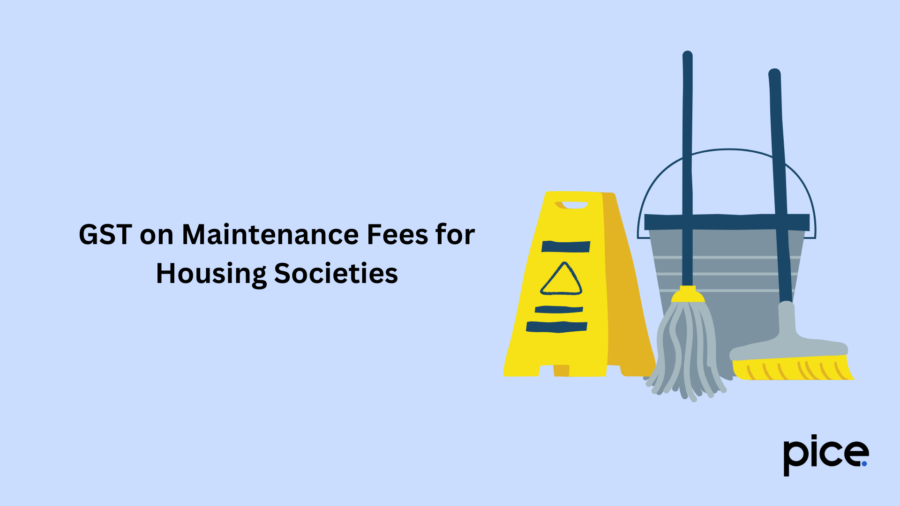
Housing societies having a yearly turnover of more than ₹20 lakh attract GST rates. When the maintenance costs cross ₹7,500 for every unit per month, a flat 18% GST is levied on the cumulative amount.
Contrarily, housing societies exhibiting an annual turnover of less than ₹20 lakh are not required to furnish GST payments. In addition, miscellaneous charges like property taxes and water taxes are exempt.
Affordable Housing GST Rate in 2024
Affordable houses priced below ₹45 lakh have been subjected to a 1% GST rate in 2024. However, developers are ineligible to claim input tax credit (ITC) on these offerings.
Disclaimer: As per the latest Government policies and notifications, GST rates are subject to modifications at times. The rates discussed above can fluctuate based on your location, property type and multiple other elements. Therefore, it is highly advised to have a word with a GST expert to receive the most recent tax-related updates.
Example Calculation of GST on Flat Purchase in India
As previously discussed, there is no GST on completed flats. However, for unfinished projects, you calculate the outgoing GST as follows:
Step 1: To begin with, try to identify the base price of a flat. This should exclude all extra charges and other related expenses.
Step 2: Verify the applicable GST for the specific property type.
Applicable GST rates as per the latest regulations:
- Non-affordable real estate projects attract a 5% GST
- Affordable homes lead to a 1% flat GST rate
Step 3: Find out the GST applicable. To do this, multiply your flat’s base price by the correct GST rate.
Step 4: To calculate the total purchase price, add the GST amount to the base price of the flat.
Here’s a quick example of GST calculation:
Suppose, the base price of an affordable housing project is ₹35 lakh. In this case, the GST amount will be:
GST = ₹35,00,000 * 1% = ₹35,000
Consequently, the estimated total price will be ₹35,00,000 + ₹35,000 = ₹35,35,000.
Input Tax Credit (ITC) on Property Purchase in India
- Under the GST law, suppliers of products and services can offset their overall tax liability by claiming input tax credit (ITC) on the materials purchased for business purposes.
- Similarly, housing developers can claim the GST they have already paid to acquire construction inputs. However, this benefit is only limited to commercial properties and is not extended to projects that are meant for personal usage.
- When a developer buys construction materials worth ₹20 lakh and pays an 18% GST while obtaining such products, they are eligible to claim an input tax credit of ₹(20,00,000 * 0.18) = ₹3,60,000. It significantly minimises their tax burden while selling the commercial property.
GST on Under-Construction Flats
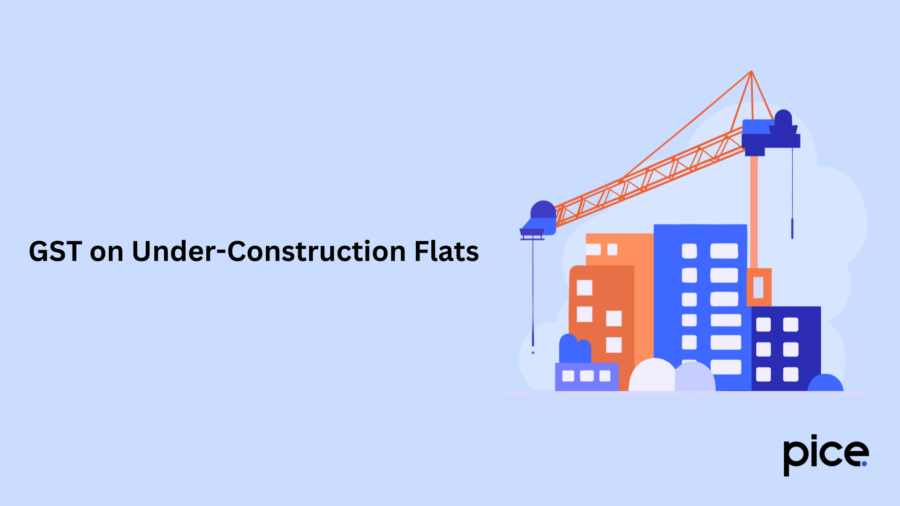
Unfinished or under-construction projects result in a 1% GST for affordable homes while a 5% GST for non-affordable housing. Interested buyers should take this factor into consideration while budgeting for a property.
No GST on Ready-to-Move-In Property
Flats having an occupancy certificate are GST-exempt. It directly makes these accommodation options cheaper as compared to under-construction apartments.
GST Exemption on Land Purchases
Land purchases are not subject to GST. This makes buying land a great choice for people who want to build their own home.
Input Tax Credit (ITC)
ITC benefits can be transferred to a homebuyer which in turn reduces their tax burden. Before buying a home, you should enquire about this attractive option as this facility is optional.
Benefits of GST for Residential Real Estate
The introduction of GST has brought several benefits to residential real estate, including the following:
- Lower Construction Expenses
After GST came into force, taxation of materials like cement, steel and other essential products has been made uniform. It has lowered construction costs and helped control the property prices. Thus, now more middle-class individuals are interested in owning houses.
- Streamlined Norms With Advent of ITC
Tax calculation for developers has now become too simple after the GST has integrated several indirect taxes into one system. This unified structure has minimised the total expenditure of construction firms and now they have more clarity on tax budgeting.
- Standardised Neutral Rate
The Central Goods and Services Tax (CGST) and State Goods and Services Tax (SGST) have standardised tax rates on essential materials and services within the real estate industry. It has helped control anomalies across various regions.
Most importantly, the neutral GST implications have led to a more stable tax structure for various transactions within the real estate market. This made financial planning effortless for both homebuyers and developers.
Conclusion
The provision of GST on completed flats has made residential properties more affordable than ever for middle-class buyers. Additionally, construction firms can now claim Input Tax Credit (ITC) on under-construction commercial properties which enhances their profitability. Hence, the real estate sector is poised for significant growth, benefiting both buyers and developers.
💡If you want to streamline your payment and make GST payments, consider using the PICE App. Explore the PICE App today and take your business to new heights.
 By
By 






